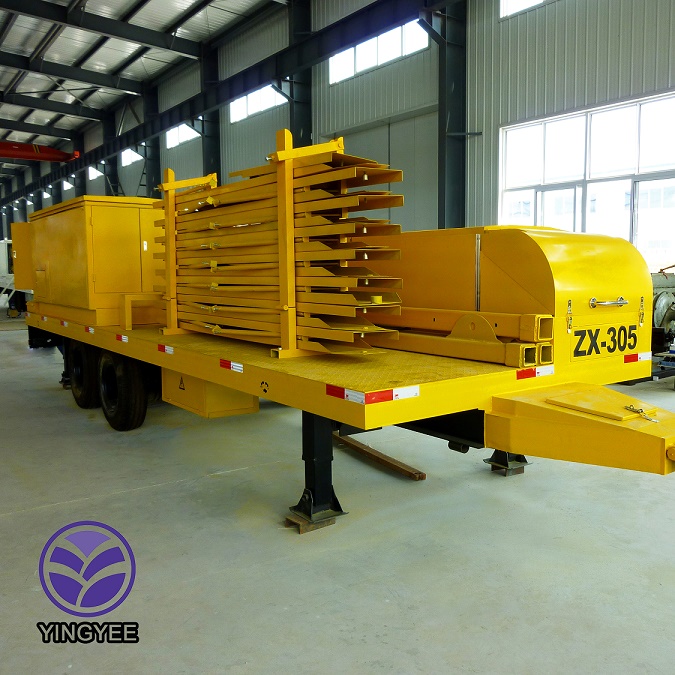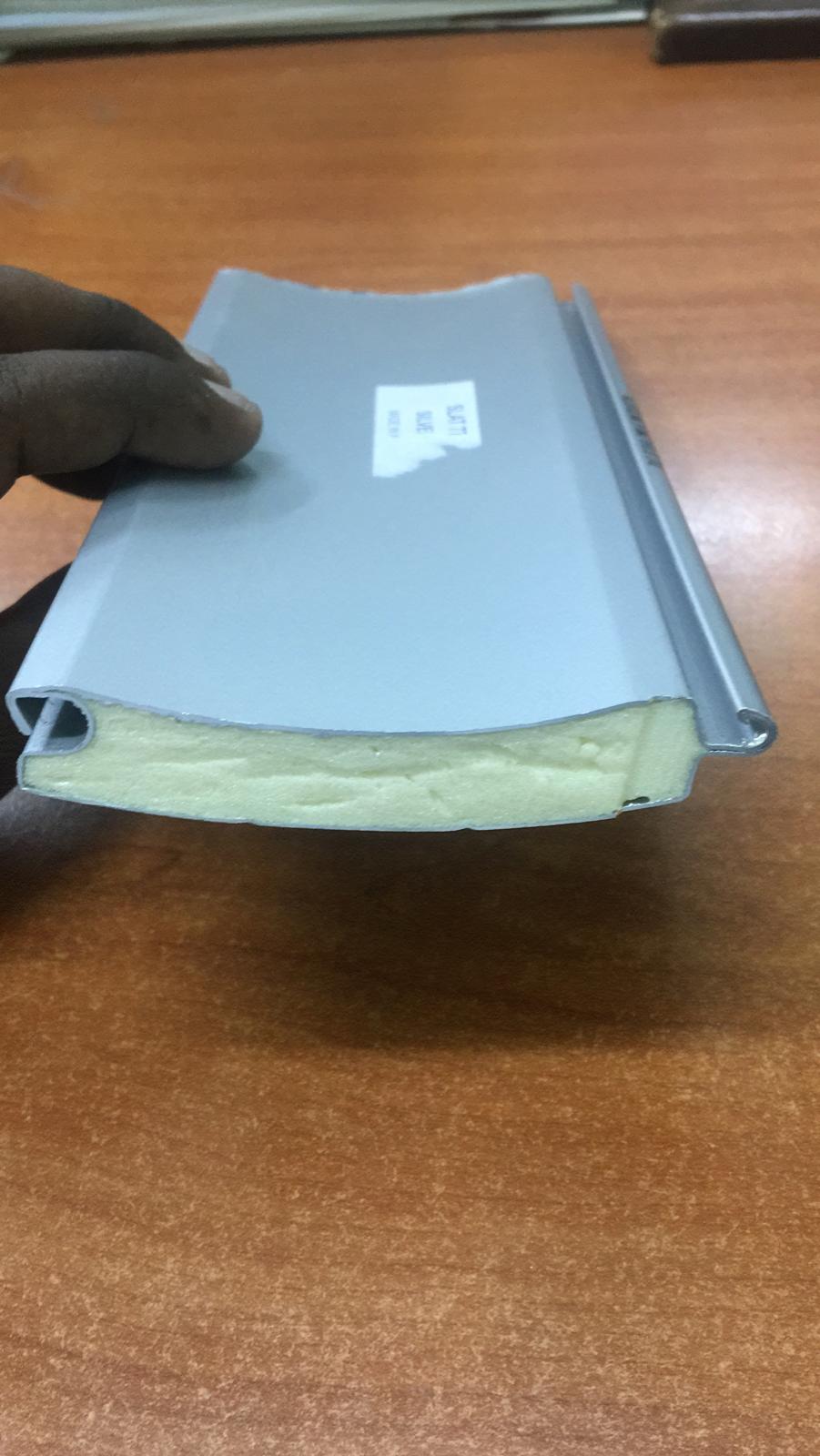- Introduction to slitting and rewinding machine
: Evolution and market relevance
- Technological advances in slitting and rewinding equipment
- Comparative analysis of leading manufacturers
- Customization options and solution design for industry-specific needs
- In-depth case studies: Real-world slitting rewinding implementations
- Economic and operational impact: Data-driven insights
- Conclusion: Strategic advantages of choosing advanced slitting and rewinding machine technology

(slitting and rewinding machine)
Introduction: The Evolution and Impact of Slitting and Rewinding Machine in Modern Manufacturing
The slitting and rewinding machine has become a fundamental asset in contemporary manufacturing, particularly within the flexible packaging, paper, film, and foil industries. As global production scales upwards—in 2023, the flexible packaging sector alone crossed $250 billion in market capitalization—the demand for precise, efficient, and automated slitting and rewinding solutions intensifies. These machines, designed to cut large rolls of material into narrower widths and rewind them, serve as the cornerstone for delivering products that meet rigorous quality and consistency standards. Their evolution from manual systems to high-precision, automated lines reflects broader industry trends towards digitalization and lean manufacturing.
Today’s market offers a diverse array of slitting and rewinding equipment, each catering to specific substrate types and production volumes. Product developers and plant managers now face strategic decisions, driven by throughput requirements, material variability, and integration with Industry 4.0 protocols. Understanding the breadth of available solutions, alongside key performance metrics, is crucial for gaining a competitive edge.
Advancements in Slitting and Rewinding Equipment: Precision, Speed, and Integration
Over the past decade, slitting and rewinding equipment has witnessed transformative changes. High-speed servo systems, for example, now enable slitting widths within a ±0.1 mm tolerance, supporting applications where even minuscule deviations are unacceptable. Sensors and vision systems are routinely embedded, allowing real-time monitoring and auto-correction to reduce scrap rates by up to 18% compared to legacy solutions.
Automation is now the industry norm, with modular machine design supporting rapid format changeovers, which, according to a 2022 PMMI survey, have reduced average setup times by 45%. Advanced Human-Machine Interfaces (HMI) support remote diagnostics and predictive maintenance, minimizing costly shutdowns. Integration with Manufacturing Execution Systems (MES) allows line-level data capture, fueling continuous improvement initiatives and enhancing traceability.
Energy efficiency is also a growing concern. Modern slitting rewinding solutions are engineered for low power consumption—models equipped with regenerative drives can recoup up to 30% of kinetic energy during deceleration phases. Such technical advancements are critical for manufacturers looking to align with sustainability goals and regulatory mandates.
Manufacturer Comparison: Global Leaders in Slitting Rewinding Technology
Choosing the right partner for slitting and rewinding solutions requires a clear, data-driven understanding of leading manufacturers. The table below provides a comparative analysis based on key criteria: throughput, minimum slit width, automation level, energy consumption, and after-sales support.
| Manufacturer |
Max Speed (m/min) |
Min Slit Width (mm) |
Automation Level |
Energy Usage (kWh/shift) |
After-sales Support |
| Atlas Converting Equipment |
900 |
25 |
Full (Remote Diagnostics) |
280 |
24/7 Global |
| GOEBEL IMS |
1000 |
20 |
Full (AI-Based Monitoring) |
265 |
Onsite/Remote |
| Kampf Schneid-& Wickeltechnik |
850 |
18 |
Hybrid (Manual & Automated) |
300 |
Regional |
| Deacro Industries |
900 |
30 |
Manual |
320 |
North America Only |
| Xi'an Great Machinery |
800 |
22 |
Full |
295 |
Global Hotlines |
The data underscores noticeable differences in technology adoption and service infrastructure. Operators seeking lower energy consumption and tighter process control may favor European market leaders, while others prioritize responsive local support.
Customization and Tailored Solutions for Sector-Specific Requirements
The versatility of slitting rewinding technologies lies in their adaptability. Each industry—whether converting metallic foils, specialty papers, or high-tensile films—poses unique operational and quality challenges. For converters handling ultra-thin substrates (6-10μm), anti-static modules and controlled tension zones are essential, reducing tear and waste rates by over 20%. Meanwhile, medical and pharma applications may require FDA-compliant contact materials or enclosed winding zones to ensure zero contamination.
Manufacturers increasingly offer modular upgrades, such as:
- Laser-guided edge sensing for multi-lane slitting
- Recipe-based HMI configuration for frequent job changes
- Inline defect detection and non-contact web cleaning
- Integration gateways for cloud-based analytics
Consultation periods now commonly include pilot trials, enabling process validation before a full-scale investment. With mass customization trending across industries, the capacity to co-develop purpose-built machinery with OEMs provides a critical strategic advantage.
Practical Applications: Case Studies Demonstrating Operational Gains with Slitting Rewinding
Reviewing real-life deployments clarifies the tangible benefits of advanced slitting and rewinding equipment. Notable case studies include:
-
Flexible Packaging Facility (USA): By upgrading to a GOEBEL IMS servo-driven model, daily output increased from 45,000 to 63,000 linear meters, while material waste dropped by 14%. The plant achieved ROI within 18 months.
-
Pharmaceutical Packaging Plant (Germany): Kamp Schneid-& Wickeltechnik deployed a custom anti-contamination winding cell, resulting in a zero-defect delivery record for over 12 months and regulatory compliance documentation improved by 28%.
-
Specialty Paper Converter (Japan): Atlas Converting Equipment’s closed-loop web tension control halved changeover times, reduced customer complaints by 40%, and boosted contract renewals dramatically.
These examples highlight not only quantitative efficiency gains but also the strategic value that advanced slitting rewinding setups bring to customer service, product innovation, and compliance.
Economic and Operational Impact: Benchmark Data and Industry Trends
The operational impact of investing in advanced slitting and rewinding equipment is quantifiable. According to a 2023 Frost & Sullivan survey, facilities replacing legacy machines with modern systems averaged a 17% increase in OEE (Overall Equipment Effectiveness). Material yield improvement, primarily through enhanced cut precision and automated defect detection, produced annual savings ranging between $250,000–$450,000 per site.
Downtime reduction is also significant, with facilities reporting a 39% drop in unplanned stoppages thanks to predictive maintenance modules. Furthermore, digital machine controls enable more agile production scheduling, minimizing the financial impact of rush orders or last-minute job modifications.
| Metric |
Legacy Systems |
Modern Slitting Rewinding |
Change (%) |
| Yield Loss (%) |
3.5 |
1.2 |
-65.7 |
| Mean Downtime / 1000h (hrs) |
10.3 |
6.3 |
-38.8 |
| Setup Time (mins) |
58 |
32 |
-44.8 |
| Energy Use (kWh/shift) |
340 |
260 |
-23.5 |
The data not only points to stronger cost management but also supports compliance with increasingly stringent environmental and supply chain standards.
Conclusion: Strategic Value of Adopting Advanced Slitting and Rewinding Machine Solutions
In modern converting operations, deploying a high-performance slitting and rewinding machine is not simply a matter of throughput; it defines product quality, flexibility, and long-term profitability. As customer expectations for efficiency, compliance, and customizability rise, the stakes for selecting optimal slitting and rewinding equipment have never been higher.
A data-driven approach—examining technological innovations, benchmarking leading suppliers, prioritizing customizable features, and validating performance through real-world examples—enables businesses to maximize both operational and economic returns. In a market defined by rapid innovation and shifting regulatory requirements, investment in future-ready slitting rewinding solutions stands as a cornerstone of manufacturing leadership.

(slitting and rewinding machine)
FAQS on slitting and rewinding machine
Q: What is a slitting and rewinding machine?
A: A slitting and rewinding machine is industrial equipment that cuts large rolls of material into narrower ones and rewinds them. It's commonly used for paper, film, foil, and other flexible materials. The process is known as slitting rewinding.
Q: How does slitting and rewinding equipment work?
A: Slitting and rewinding equipment uses rotating blades to slice material into desired widths, then rewinds the strips onto new cores. This ensures precise roll widths and tidy ends. Operators can adjust cutting width and rewinding tension as needed.
Q: What industries use slitting rewinding machines?
A: Slitting rewinding machines are widely used in packaging, label, paper, plastic film, and textile industries. They prepare materials for further processing or packaging. Their versatility makes them essential for handling roll-based products.
Q: What are the benefits of using slitting and rewinding equipment?
A: Using slitting and rewinding equipment increases productivity and reduces waste by providing custom roll sizes. It ensures clean cuts and consistent rewinding. This helps improve material handling efficiency in manufacturing processes.
Q: How do I choose the right slitting and rewinding machine for my needs?
A: Consider material type, roll width, slitting speed, and level of automation when selecting a slitting and rewinding machine. Consulting equipment specialists can help match a machine to your production requirements. Always check for after-sales support and spare parts availability.








